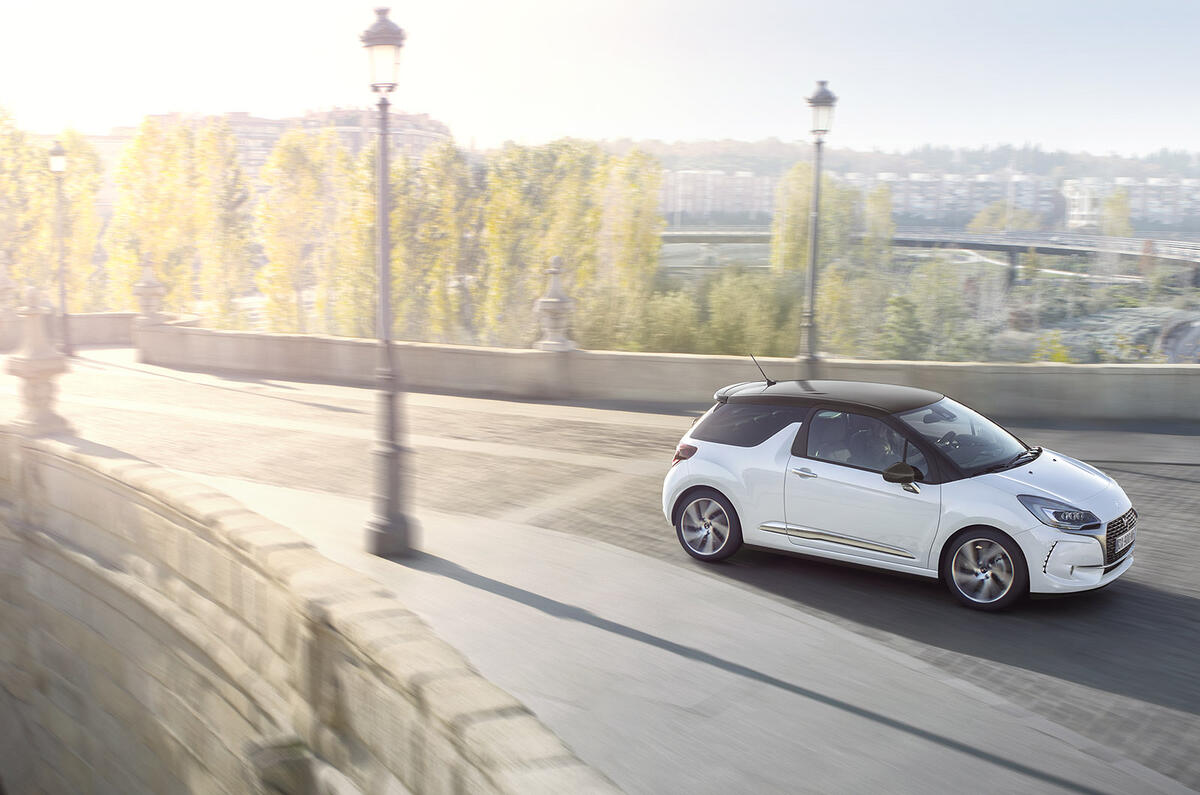As statements of intent go, launching your new car in the grand setting of the Musée du Louvre in Paris is a pretty resounding one.
However, the DS 3 hatchback and convertible it unveiled at the world-famous landmark yesterday evening isn't all new - it has a new model name, fresh styling and uprated technology, but its underpinnings are ostensibly the same as the Citroën DS 3 that preceded it.
As the wraps came off the DS 3, amid whirling dancers under the lights of the Louvre's pyramid, I pondered whether DS considered saving a location this special for the launch of one of its all-new models, which will be arguably even more significant than the DS 3.
DS can't wait though: those vehicles aren’t due to arrive until 2018, and between now and then it has some serious brand building to do. Hence the use of France’s most-visited tourist attraction to launch the smallest car in its model range.
Last night’s affair was as much about broadcasting the DS brand to the world as it was showing off its ritzy new Mini rival.
The arrival of the DS 3 means the first stage of DS’s birth is effectively complete: the models that will spearhead its European model plan for the next two years have all now dropped their Citroën badges.
Next comes the task of putting clear blue water between Citroën and DS in terms of brand recognition. This is easier said than done; as many manufacturers have found in the past, dressing a car in posh clothes and charging a premium for it doesn’t always convince buyers. Jaguar discovered that with the X-Type, which was derided in some quarters for its technical links to the Ford Mondeo.
DS knows it has to offer substance as well as style if it wants to charge more money for its products than it currently can. So it was interesting yesterday evening to hear DS chief executive Yves Bonnefont explain how each of the three car brands in the PSA group will implement a few of its own technical systems.
Seems sensible: the more parts of a DS that are distinct to the brand, the greater the appeal to customers who are willing to pay extra for that kind of exclusivity. Similarly, an approach built around highlighting technology has worked very nicely for Audi for many years.






Join the debate
Add your comment
New DS3 is a superficial facelift
Cart / Horse inversion issue
So far, Citroen seem to have